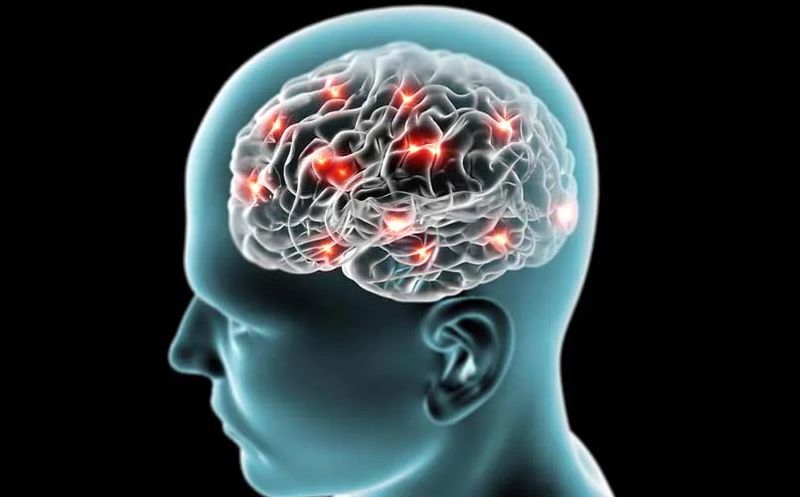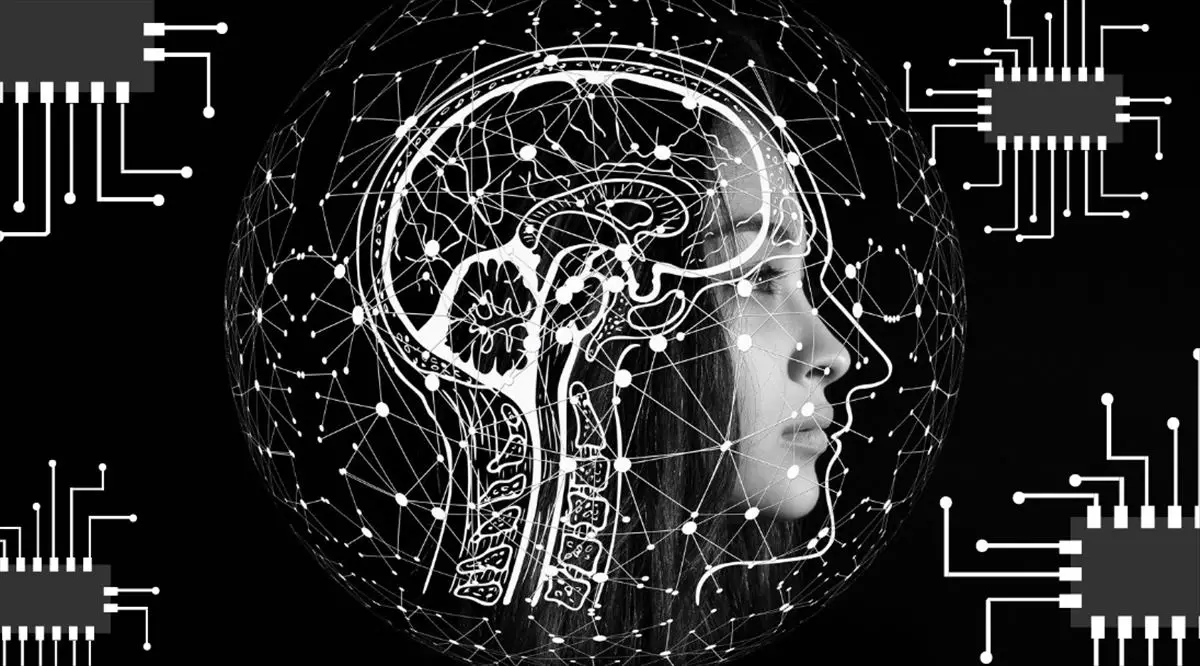Samsung develops a technology to imitates the human brain, but there’s still a lot of work to be done. Samsung believes it will be able to “copy and paste” the human brain into 3D
Samsung works on technology to mimic the human brain
They have discovered a technique to create “brain-shaped” chips using present brain structures, which they are now testing.
In their proposal is a method that analyzes the network of neurons in the brain and clones it in the form of 3D neuromorphic chips, using a nanoelectrode array that studies the connections of neurons in a human brain to glue them into a 3D network of solid-state memory, although the form of storage is not yet defined (it could be RAM, for example).

A single memory unit would have a conductance that reflects the strength of each neuronal connection in the map. This would result in a successful return to “reverse-engineering the brain,” as originally intended by the researchers.
With this technology, machines of the future may be entirely autonomous, with genuine cognitive abilities such as those seen in movies that don’t always turn out well. Because a human brain has around 100 billion neurons and thousand times more synaptic connections, an ideal neuromorphic chip would need approximately 100 trillion memory units. In the future, this may be a major issue for Samsung and other hardware firms, but it is not impossible in the long run. On the other hand, such a virtual brain would have to be programmed, and few programmers would be willing to do so in the near term.





